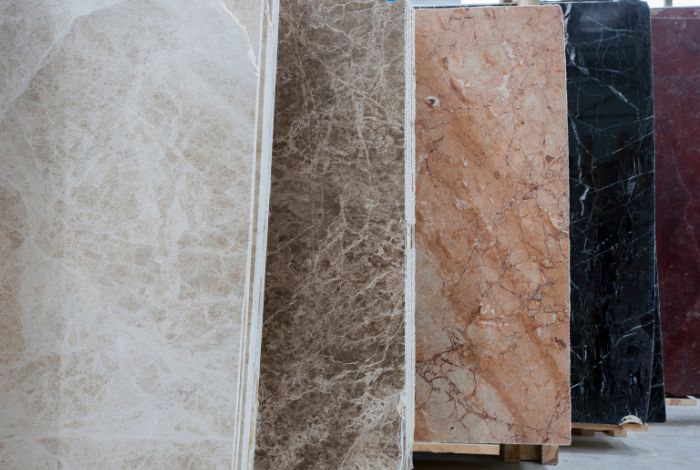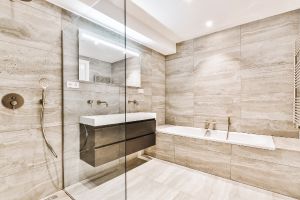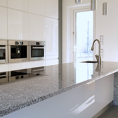Cost-Effectiveness Analysis of Different Countertop Materials for Businesses

Choosing the right countertop material is crucial for businesses looking to balance aesthetics, durability, and cost. This analysis delves into various countertop materials, offering insights into their cost-effectiveness for commercial settings.
Understanding Countertop Materials
Briefly introduce the most common materials used for countertops in business environments, including granite, quartz, marble, laminate, and stainless steel.
Granite Countertops: Natural Elegance
Initial Cost vs. Longevity: Discuss the upfront costs of granite and its durability over time.
Maintenance and Care: Outline the maintenance needs of granite countertops and how they impact long-term expenses.
Quartz Countertops: Engineered Strength
Cost vs. Value: Analyze the price of quartz countertops against their value, considering durability and maintenance requirements.
Aesthetic Flexibility: Highlight the range of designs available in quartz and how this can benefit business interiors.
Marble Countertops: Classic Beauty
Luxury vs. Practicality: Weigh the luxurious appeal of marble against its susceptibility to staining and etching, and its maintenance costs.
Application Areas: Suggest ideal business settings for marble countertops based on their aesthetic and care profile.
Laminate Countertops: Budget-Friendly Options
Affordability and Design Variety: Emphasize the low cost and wide variety of designs available in laminate, ideal for businesses with limited budgets.
Durability Concerns: Discuss the longevity and durability of laminate countertops in high-traffic areas.
Stainless Steel Countertops: Industrial Appeal

Advise on considering future maintenance and replacement costs in the decision-making process.
Hygiene and Maintenance: Explain the benefits of stainless steel in terms of hygiene and ease of cleaning, crucial for food service businesses.
Cost Analysis: Provide a cost-benefit analysis of stainless steel countertops, considering their durability and industrial aesthetic.
Cost-Effectiveness Summary
Offer a comparative summary of each material’s cost-effectiveness, taking into account initial installation costs, maintenance, durability, and aesthetic appeal.
Making the Right Choice for Your Business
Business Needs Assessment: Guide businesses on how to assess their specific needs to choose the most cost-effective countertop material.
Future-Proofing Investments: Advise on considering future maintenance and replacement costs in the decision-making process.
FAQ Section
Innovative design and careful material selection are key to achieving cost-effectiveness in commercial countertops. By understanding the unique benefits and costs associated with each material, businesses can make informed decisions that enhance their interiors while optimizing their investment.






